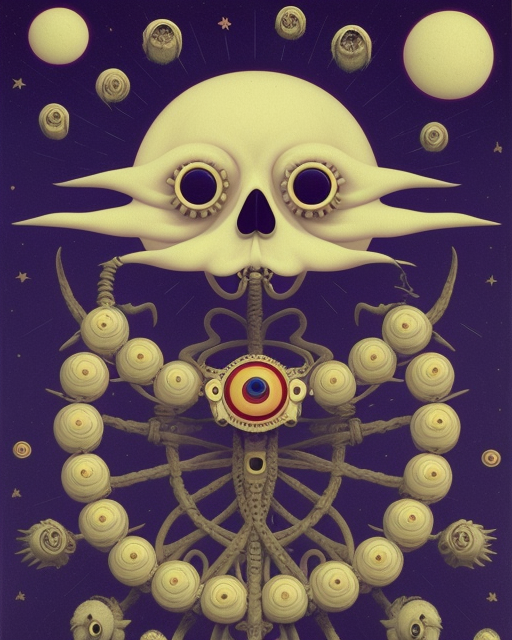A shadow play, this whole goddamn American hustle. Big men in their smoke-filled rooms, puppeteers with blood-diamond rings, jerking the strings of a nation built on the backs of the tired and yearning. They spin dreams of El Dorados across the briny expanse, luring the huddled masses with snake-oil promises and the glint of illusory opportunity.
These hopefuls, calloused hands clutching dreams like worn passports, arrive with eyes wide and pockets empty. They’re fed into the meat grinder of industry, their labor a lubricant for the gears that churn out profit for the unseen masters. But just as the discontent starts to simmer, a dark magic trick is performed. The puppeteers, with a smirk as practiced as a vaudeville routine, unleash the spectres of xenophobia – the “Other” as a convenient scapegoat.
Suddenly, the anger boils over, but not towards the unseen hands that orchestrated the whole damn ballet. No, the fury is directed at the very victims of the scheme, the immigrants painted as job stealers and culture vultures. A beautiful misdirection, a shell game worthy of a three-card monte champion.
Meanwhile, down in the labyrinthine corridors of power, laws are drafted and passed with the efficiency of a pickpocket. Laws that tighten the elite’s grip, disguised in legalese so dense it could choke a condor. The masses, distracted by the flickering phantoms of immigration and the cacophony of hate-mongering, barely bat an eyelash.
The supposed champions of the downtrodden, the bleeding hearts with their anthems of equality, are blind to the grand design. Pawns in another game, chasing after a symbolic carrot while the real feast is devoured by the ones in the shadows. The right, frothing at the mouth about some mythical erosion of their “whiteness,” become unwitting attack dogs for the very system that exploits them.
And so the cycle perpetuates, a self-sustaining machine of manipulation and deflection. The puppeteers, masters of the grand illusion, keep the strings taut, ensuring the real power dynamic remains shrouded in a fog of manufactured outrage. The American tapestry, woven with threads of contradiction and continuity, unfurls like a never-ending carnival sideshow, a mesmerizing spectacle that obscures the gears and levers that truly make it tick.
